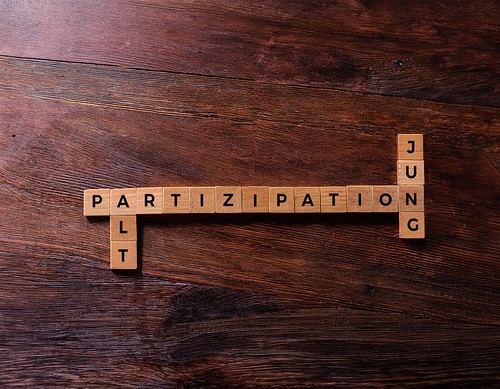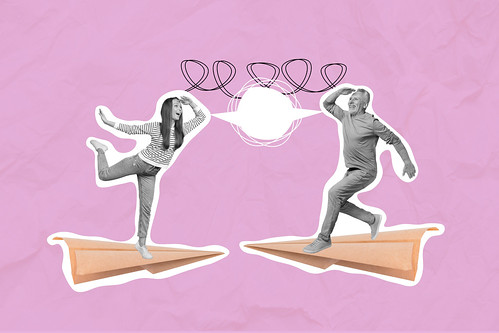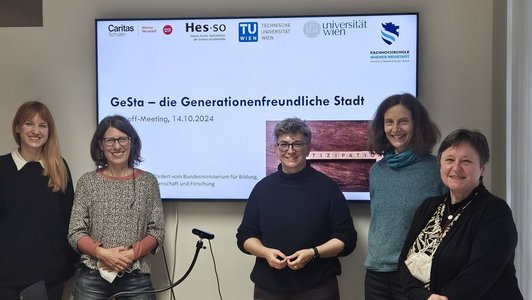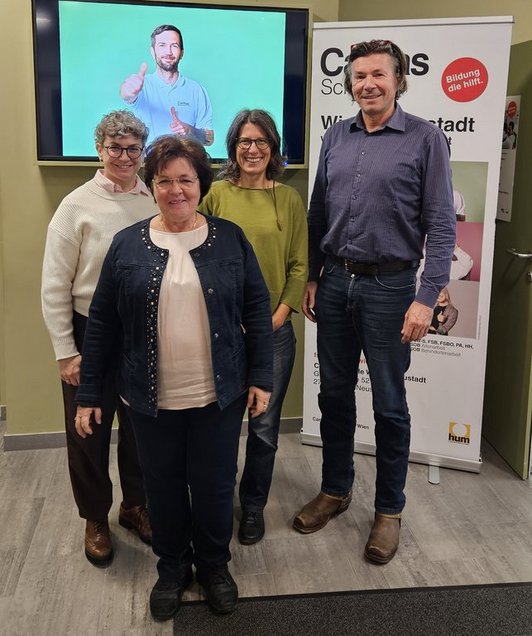The generational-friendly City
Pupils, Students and older People explore and design the public space
Exclusion and ageism (prejudice or discrimination based on age) affect both older and younger people. Research focuses either on the age- or child- and youth-friendliness of cities or public spaces; a multi-generational perspective is usually absent. Little research has been carried out on the mutual perceptions of age or on the needs of young people and older adults with regard to their participation in public spaces. The physical environment has a significant impact on how and to what extent people participate in social life. It can both facilitate and hinder participation, and the needs of different groups can be conflicting.
The aim of the "The generational-friendly City" project is to investigate the intergenerational friendliness of a city from the perspectives of both young students and older adults, using the city of Wiener Neustadt as a model. The aim is to gain a transdisciplinary and in-depth understanding of how young people and older people perceive the opportunities for participation in public spaces in the city. On the one hand, this entails intergenerational relations and relationships, and on the other hand, it is about exploring the specific ways in which young people and older people interact with their social and spatial environment.
The guiding questions are:
- how can public spaces in cities be designed to be intergenerational?
- What are the social and spatial opportunities and barriers for young and older people regarding participation in public spaces?
- How are these perceived by young and older people?
The research design is an action-oriented, participatory citizen-science approach involving both young students and older adults. Research methods include storytelling cafés to collect images of older and younger people, the ACT-OUT tool to assess participation outside the home, and visual participatory research methods (shadowing, photovoice or go-along interviews). The students can choose the methods and are involved in all steps of the research process.
In addition to the school partner, several scientific cooperation partners are also involved in the project, contributing expertise from various specialist areas, including nursing science and architecture.
 Schools
Schools
 Partners from Economy and Society
Partners from Economy and Society
 Scientific institutions
Scientific institutions







